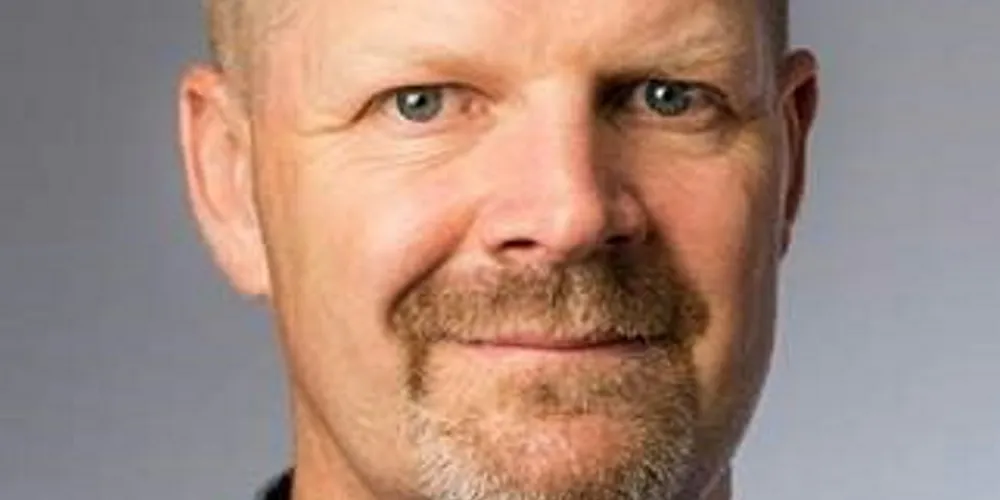US' Pattern energises Western Spirit power line in amp-up of gigascale New Mexico wind play
Developer will use 155-mile export trunkline to help link together four developments in south-west American state that are part of plan set to slash coal and natural gas use
